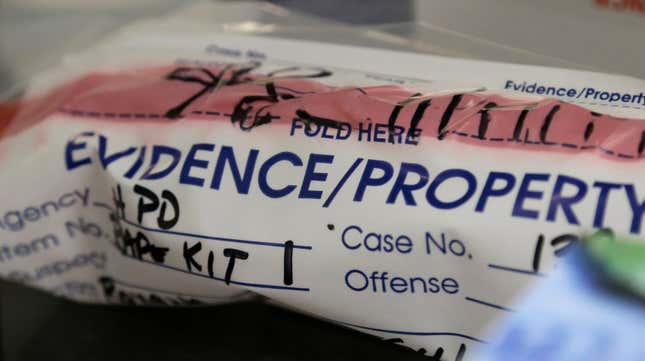History Forgot the Woman Who Invented Rape Kits
Latest

Pagan Kennedy’s New York Times feature “The Rape Kit’s Secret History,” about the invention of the rape kit, also serves as an incredibly moving historiography of the struggle to criminalize rape. At the center of Kennedy’s story is a woman named Marty Goddard, who first conceptualized the idea of the rape kit, though credit has long been given to police sergeant Louis Vitullo.
-

-

-

-

-

-

-

-

-

-

-

-

-

-

-

-

-

-

-

-

-

-

-

-

-

-

-

-

-

-

-

-

-

-

-

-

-

-

-

-








































